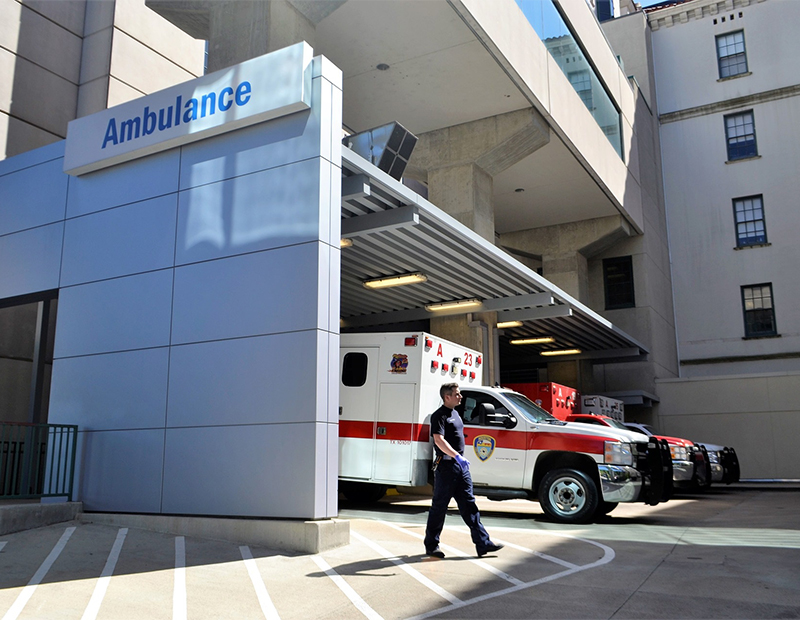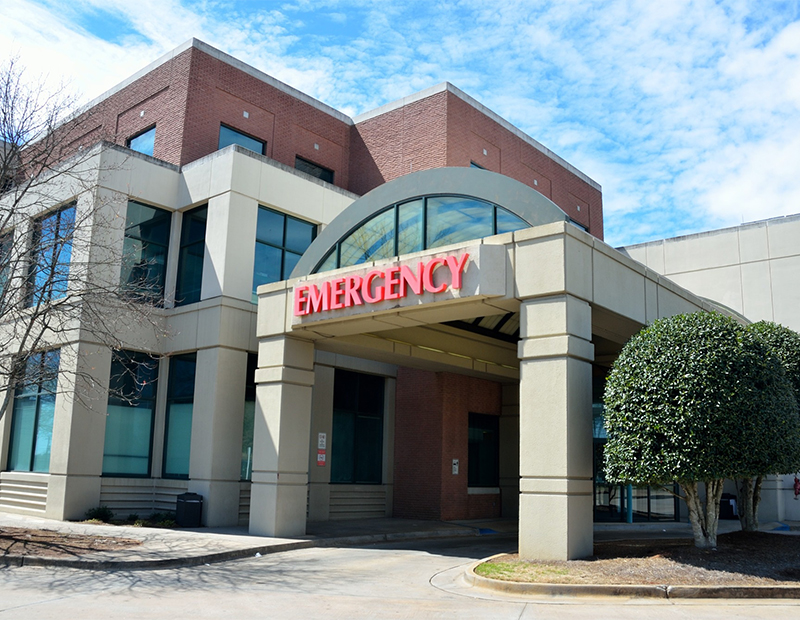Health Care Shows Strong Vitality
U.S. health-care spending will continue to grow and demand for health-care assets will grow with it, Cushman & Wakefield predicts in a new study.
As the U.S. economy continues to thrive and labor markets remain strong, the health-care sector is destined for ongoing growth, according Cushman & Wakefield’s new study, Vital Signs: Healthcare and Medical Office Report, Fall 2019. And with the sector’s growth comes new and expanded demand in health-care real estate.
READ ALSO: What’s Behind Stepped-Up Demand for MOBs
U.S. health-care spending is on track to continue to escalate at an estimated average of approximately 5.5 percent annually through 2027, rising from $3.6 trillion in 2018 to $6 trillion come 2027. Among the driving forces behind the increase in health-care expenditures is the aging population, spearheaded by Baby Boomers. By 2030, one in every five people in the U.S. will be age 65 or over. Rising costs for goods and services will also increase health-care spending. In the report, Cushman & Wakefield cites research from Moody’s Analytics, which concludes that prices for health-care goods and services will jump a total of 20.8 percent over the next five years, compared to the anticipated 12.3 percent overall increase in U.S. prices.
Additionally, health-care employment will rise with the expanding size of the aging population, thereby causing an increase in demand for medical space—more specifically, a certain type of medical space. The job mix will continue to shift away from the hospital to home care and outpatient facilities. The number of health-care jobs in hospitals has plummeted from 42.8 percent in 1990 to 32 percent in the third quarter of 2019.
Consumer-Driven Change
New outpatient care strategies are impacting the retail real estate market. On the heels of CVS’s acquisition of health insurer Aetna, the drugstore chain introduced its HealthHUB concept stores this year, including Minute Clinics providing services ranging from clinician-staffed health education programs to yoga classes. Walgreens announced plans to partner with VillageMD on clinic openings, and Walmart will introduce a mental health clinic at one of its locations. All three retail companies’ pilot projects are located in Texas. Amazon is the wild card in the bunch. The e-commerce giant is expanding into health-care, but details remain scant. Recent legal wranglings indicate the company is planning to staff-up with top-level talent, while some signs point to a potential focus on a virtual care platform centered on virtual assistant Alexa.
Cushman & Wakefield also suggests that the increased focus on cost transparency in health-care services could spur comparison shopping, leading some to select lower-cost settings if they equate such settings with lower health-care prices. However, if consumers fail to make the connection, the need for greater expansion of lower-cost outpatient sites may dwindle.
Medical office slowdown
As a result of the growing strength of the health-care industry, the medical office building subsector has continued to fare very well. The national vacancy rate for MOBs has held relatively steady for the last two years, coming in at 8.3 percent in the third quarter of 2019, compared to the office sector vacancy rate of 12.9 percent. A total of 19 of the 27 surveyed markets in Cushman & Wakefield’s report logged a vacancy rate beneath the national average. However, only seven of those markets have experienced a drop in the vacancy rate since year-end 2018, suggesting that the decade-long trend of declines may be coming to an end. Regardless, the average vacancy rate is still low enough to continue its upward pressure on rental rates. Asking rents in 19 of 27 markets remained flat or increased year-over-year in the third quarter.
Absorption and leasing activity remain robust; although, both are slowing. National net absorption was strong in the first three quarters of the year, but at a total of 2.8 million square feet, it represented the slowest pace of the current expansion. Should the pace continue, the market could see its lowest level of absorption in the last 10 years. Leasing volume totaled 20.4 million square feet in the first half of 2019 and, as is the case with absorption, a continuation of this pace will result in the lowest volume since 2009. Slowdowns notwithstanding, Cushman & Wakefield predicts that long-term demand drivers in health-care real estate will continue to be strongly positive.









You must be logged in to post a comment.